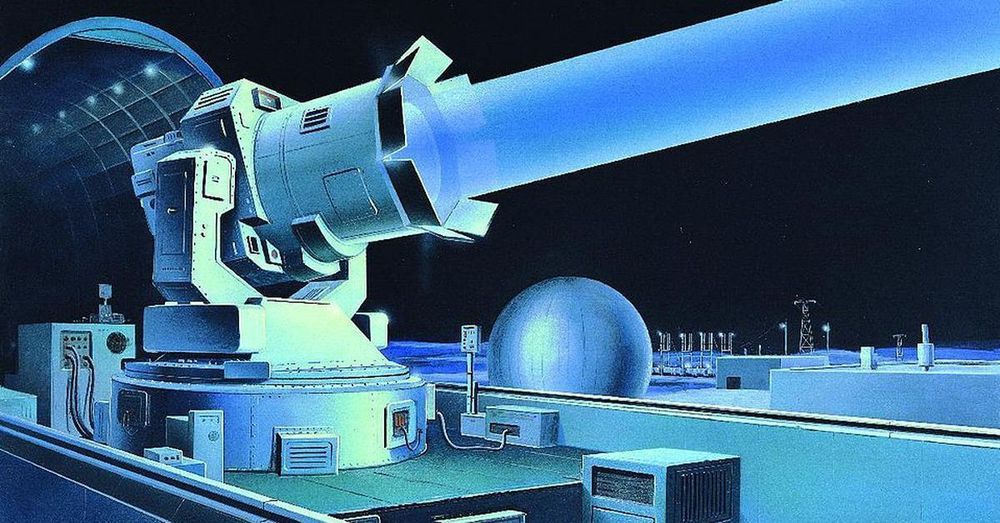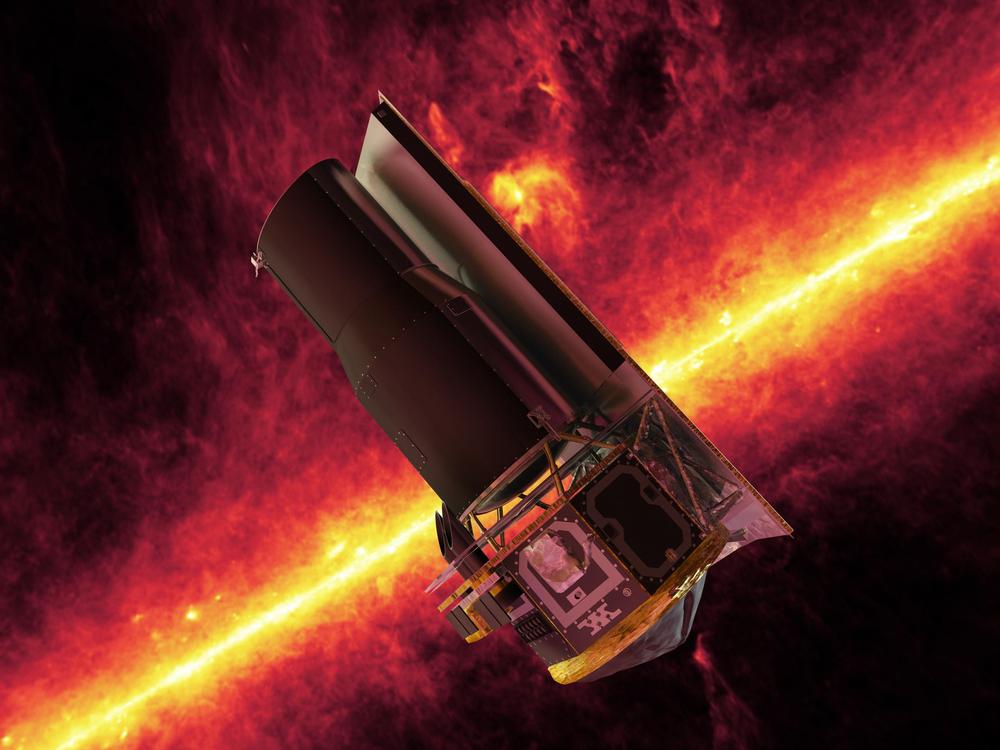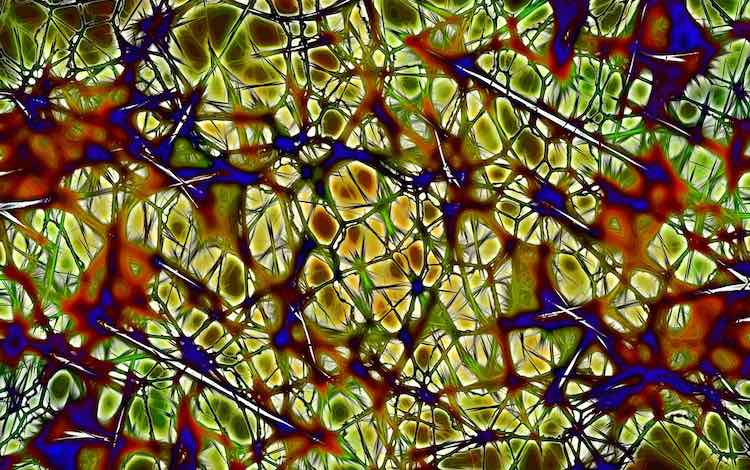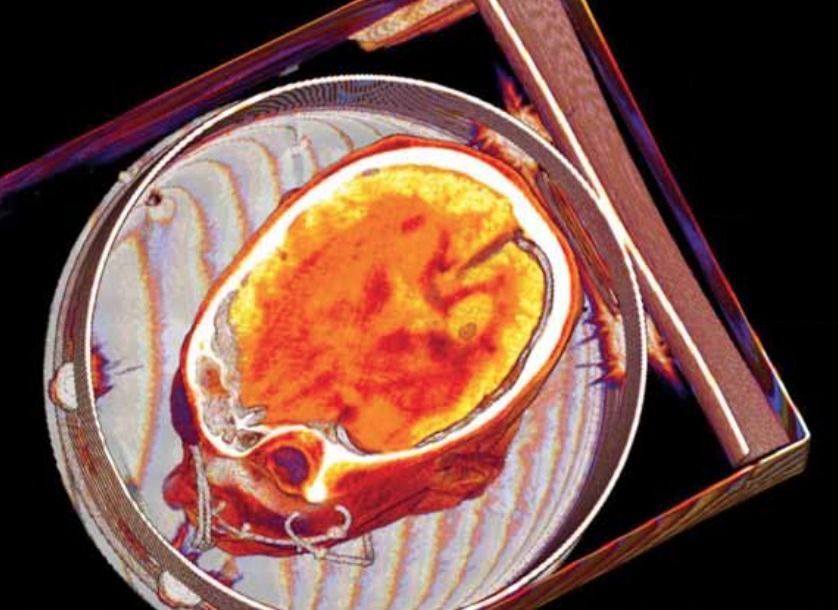A new type of device could be made to hack enemy missiles in flight to disarm them or guide them away. With a neutrino hacking laser you could essentially hack any missile from almost anywhere.
Blog — Crispr Ant-man
Posted in biotech/medical, engineering
Sometimes the line between science and science fiction is blurry, and it can be interesting to look at sci-fi stories through the lens of real science. Previous blog posts have explored whether genome engineering could be used to create the X-Men and Hawkeye, and we now turn to investigate whether Ant-Man’s powers could be engineered using CRISPR.
The character Ant-Man is remarkable, but can a real-life Ant-Man be possible? Perhaps the most obvious roadblock is, well, the laws of physics. In the first movie, Ant-Man gets his ant-like powers thanks to fictitious “Pym particles,” which reduce the distance between atoms while increasing density and strength.
There is also the problem of scaling in biological systems. If kept in proportion, our bodily systems simply wouldn’t work well shrunken down. Read discussions about the physics and scaling of Ant-Man here and here.
Today marks the 16th anniversary of the launch of NASA’s Spitzer Space Telescope, which will be switched off permanently on Jan. 30, 2020. By then, the spacecraft will have operated for more than 11 years beyond its prime mission. Discover how the spacecraft has explored the cosmos in infrared light for so many years:
After nearly 16 years of exploring the cosmos in infrared light, NASA’s Spitzer Space Telescope will be switched off permanently on Jan. 30, 2020. By then, the spacecraft will have operated for more than 11 years beyond its prime mission, thanks to the Spitzer engineering team’s ability to address unique challenges as the telescope slips farther and farther from Earth.
Managed and operated by NASA’s Jet Propulsion Laboratory in Pasadena, California, Spitzer is a small but transformational observatory. It captures infrared light, which is often emitted by “warm” objects that aren’t quite hot enough to radiate visible light. Spitzer has lifted the veil on hidden objects in nearly every corner of the universe, from a new ring around Saturn to observations of some of the most distant galaxies known. It has spied stars in every stage of life, mapped our home galaxy, captured gorgeous images of nebulas and probed newly discovered planets orbiting distant stars.
But as Spitzer’s deputy mission manager, Joseph Hunt, said, “You can have a world-class spacecraft, but it doesn’t mean anything if you can’t get the data back home.”
Intentional homicides are estimates of unlawful homicides purposely inflicted as a result of domestic disputes, interpersonal violence, violent conflicts over land resources, intergang violence over turf or control, and predatory violence and killing by armed groups. Intentional homicide does not include all intentional killing; the difference is usually in the organization of the killing. Individuals or small groups usually commit homicide, whereas killing in armed conflict is usually committed by fairly cohesive groups of up to several hundred members and is thus usually excluded.
- Brazil crime rate & statistics for 2016 was 29.53, a 4.03% increase from 2015.
- Brazil crime rate & statistics for 2015 was 28.38, a 1.53% increase from 2014.
- Brazil crime rate & statistics for 2014 was 27.96, a 4.47% increase from 2013.
- Brazil crime rate & statistics for 2013 was 26.76, a 1.16% increase from 2012.
An explosion at a Russian weapons testing site in August released radioactive isotopes that almost certainly came from a nuclear reactor, experts say.
Homicide kills far more people than armed conflict, says new UNODC study
VIENNA/NEW YORK, 8 July (UN Information Service) – Some 464,000 people across the world were killed in homicides in 2017, surpassing by far the 89,000 killed in armed conflicts in the same period, according to the Global Study on Homicide 2019 published today by the United Nations Office on Drugs and Crime (UNODC).
“The Global Study on Homicide seeks to shed light on gender-related killings, lethal gang violence and other challenges, to support prevention and interventions to bring down homicide rates,” said UNODC Executive Director Yury Fedotov. “Countries have committed to targets under the Sustainable Development Goals to reduce all forms of violence and related death rates by 2030. This report offers important examples of effective community-based interventions that have helped to bring about improvements in areas afflicted by violence, gangs and organized crime.”
Forensic personnel load the corpse of a man into a van, after he was executed at a shopping mall in Acapulco, Mexico, on April 24, 2018. A new report recorded more than 33,000 homicides in 2018, making it the country’s deadliest on record. Francisco Robles/AFP/Getty Images hide caption.
Cellular senescence, a permanent state of replicative arrest in otherwise proliferating cells, is a hallmark of ageing and has been linked to ageing-related diseases like cancer. Senescent cells have been shown to accumulate in tissues of aged organisms which in turn can lead to chronic inflammation. Many genes have been associated with cell senescence, yet a comprehensive understanding of cell senescence pathways is still lacking. To this end, we created CellAge (http://genomics.senescence.info/cells), a manually curated database of 279 human genes associated with cellular senescence, and performed various integrative and functional analyses. We observed that genes promoting cell senescence tend to be overexpressed with age in human tissues and are also significantly overrepresented in anti-longevity and tumour-suppressor gene databases. By contrast, genes inhibiting cell senescence overlapped with pro-longevity genes and oncogenes. Furthermore, an evolutionary analysis revealed a strong conservation of senescence-associated genes in mammals, but not in invertebrates. Using the CellAge genes as seed nodes, we also built protein-protein interaction and co-expression networks. Clusters in the networks were enriched for cell cycle and immunological processes. Network topological parameters also revealed novel potential senescence-associated regulators. We then used siRNAs and observed that of 26 candidates tested, 19 induced markers of senescence. Overall, our work provides a new resource for researchers to study cell senescence and our systems biology analyses provide new insights and novel genes regarding cell senescence.
Not only has Su Metcalfe’s treatment succeeded in early trials, it involves zero drugs and no side effects—and it could begin human trials as soon as 2020.
Any thoughts?
What the nervous system of the roundworm tells us about freezing brains and reanimating human minds.








